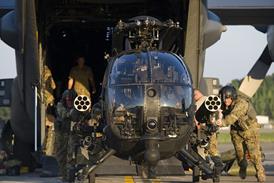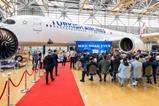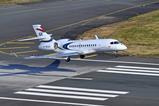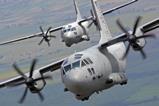Germany’s MTU Aero Engines has completed a round of testing to validate the performance of a liquid hydrogen fuel system developed for a new powertrain it calls the Flying Fuel Cell (FFC).
Conducted at the propulsion specialist’s Munich facility, the evaluations build on earlier trials conducted by its fuel system partner MT Aerospace.

However, the latest tests were the first to use liquid hydrogen, with the preceding studies having instead employed liquid nitrogen due to its simpler handling characteristics.
“The tests show that the system architecture is safe, reliable, and works as expected, so we can ensure a regulated, need-based supply of preconditioned hydrogen to the fuel cell,” says Barnaby Law, FFC chief engineer at MTU.
The complete fuel system includes tanks, sensors, heat exchangers, valves, safety systems, and controls; Augsburg-based MT Aerospace is responsible for the tank.
“Now that we have fully confirmed the functionality, we can focus our shared skills on lightweight engineering, integration concepts, and optimised space utilisation,” says Dr Gunther Schullerer, director of future technologies at MT Aerospace.
Testing of a product-specific full-system FFC will begin in 2026, says MTU. It previously intended to flight-test the system aboard a modified Dornier 228 in collaboration with Germany’s DLR aerospace research institute. However, that plan has now changed.
This story has been updated with new information from MTU in the final paragraph.































